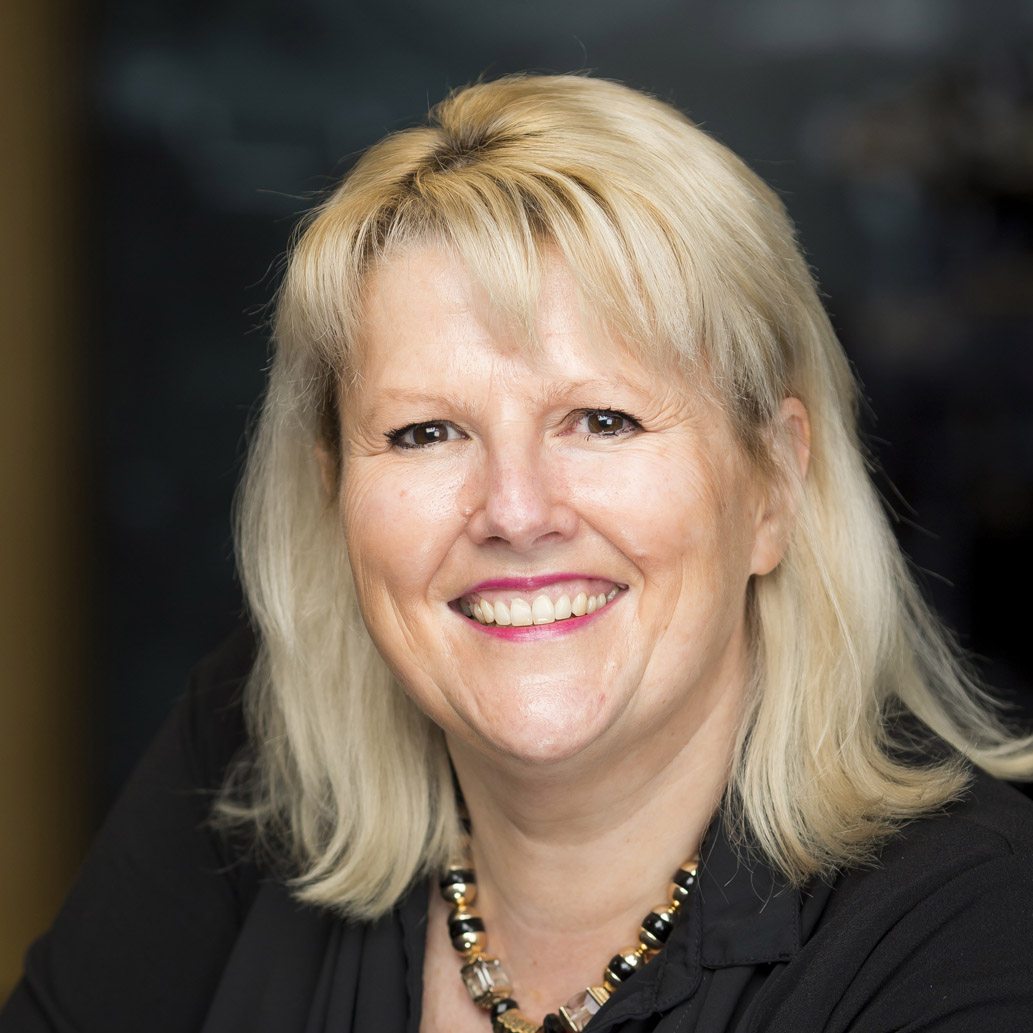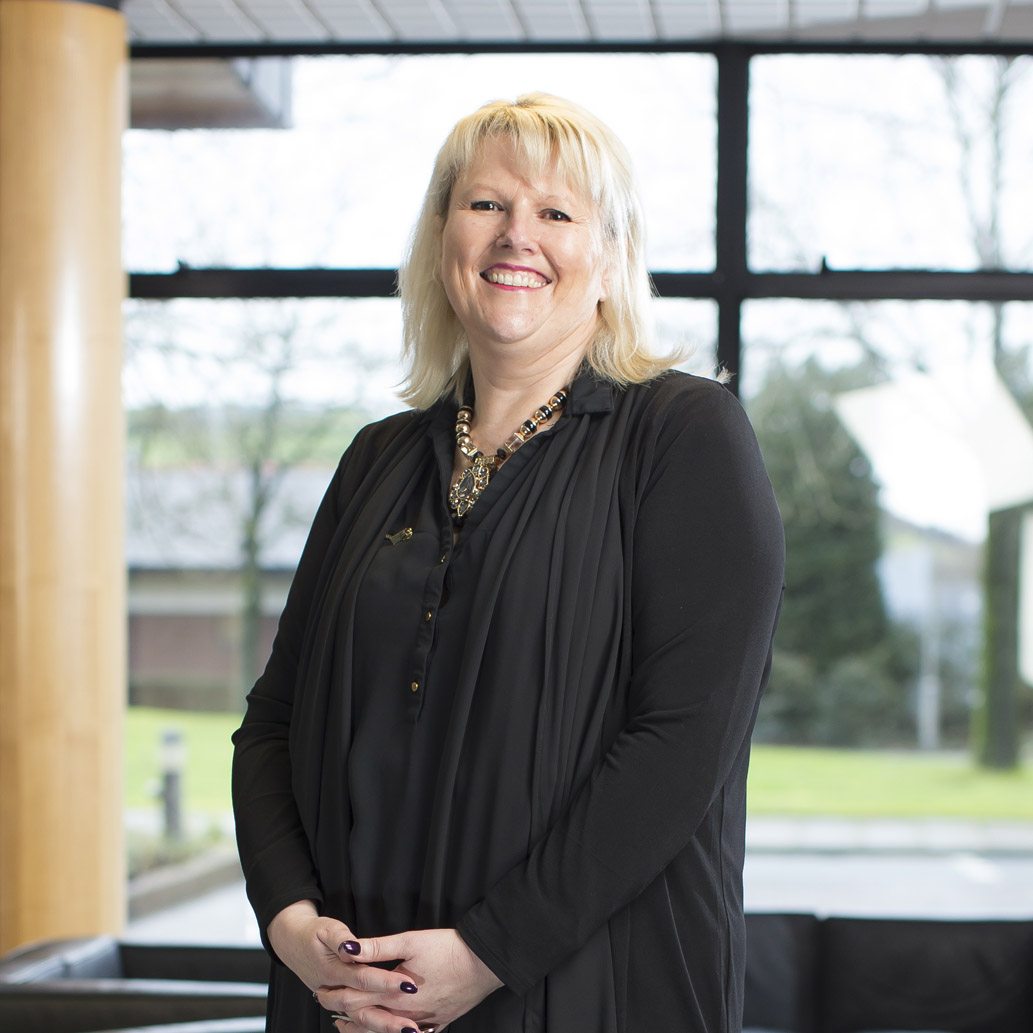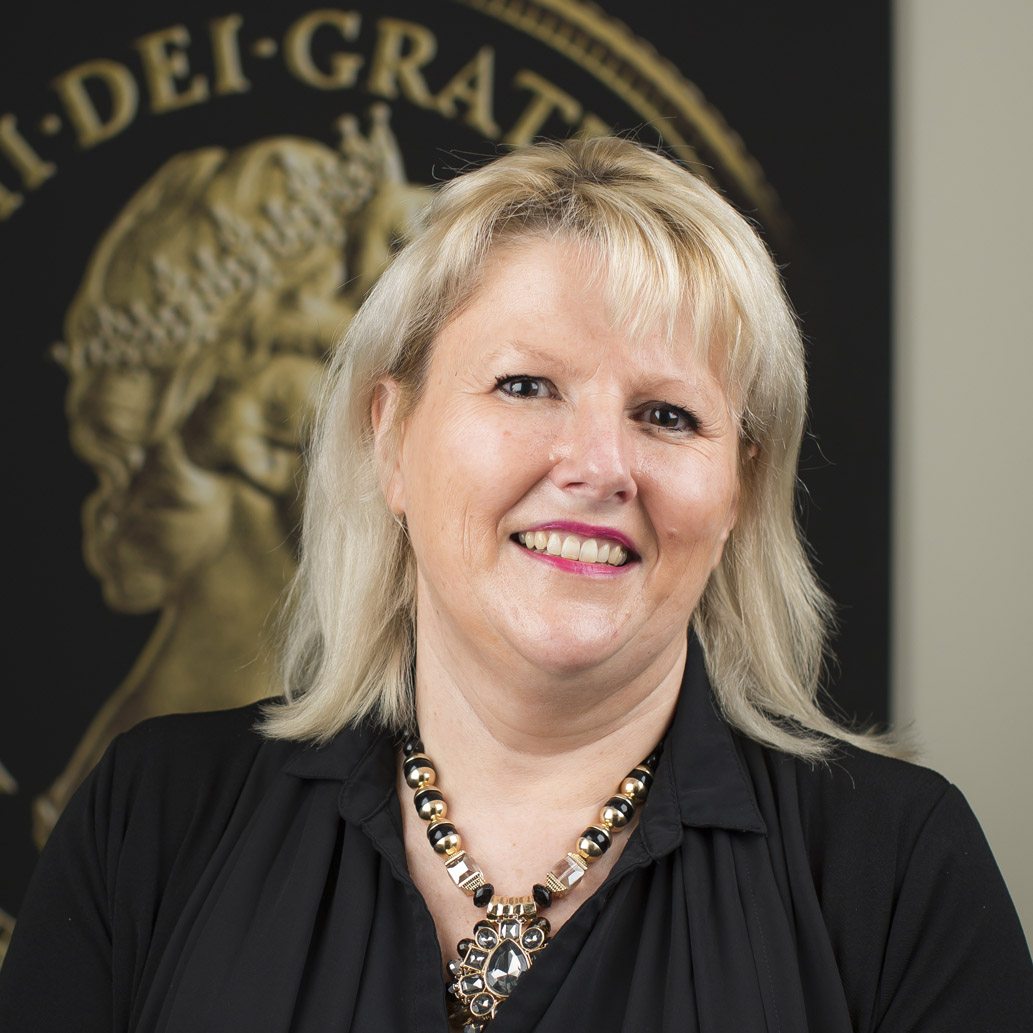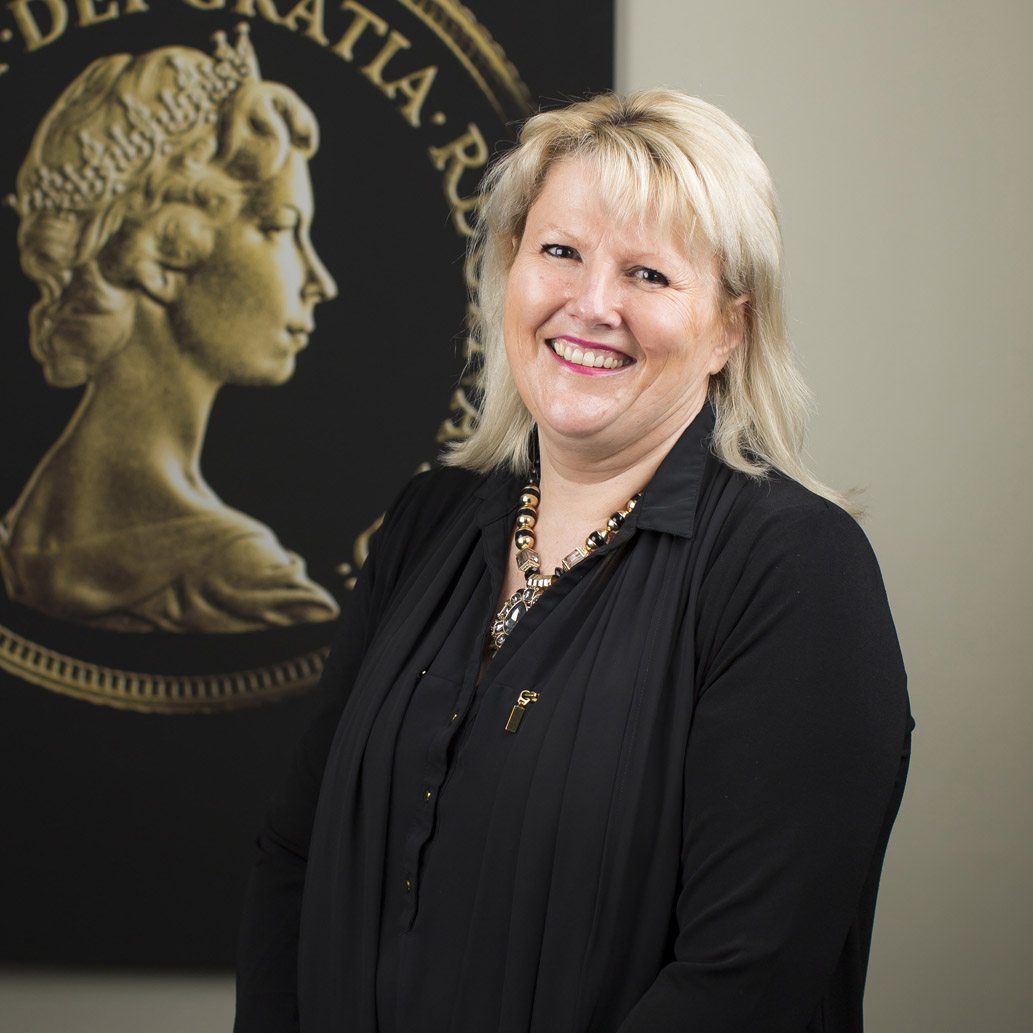Sarah give us an idea of your early career and what it was about HR that made you decide on that career.
I studied politics and international relations at Southampton University, and a small part of that initial foundation phase focused on industrial relations, which I found fascinating. I come from a legal family and although I felt an affinity with the legal aspects of my studies, I didn’t feel compelled to go into law, in fact I really wasn’t sure what I wanted to do. When I graduated in 1987 it wasn’t a great time for jobs, and graduates were having a tough time finding jobs that even remotely reflected their hard earned degrees. Nevertheless, I’d heard that retailer Liberty’s had a few posts vacant so I wrote to the HR Director and I was lucky enough to get a place on the graduate scheme. Liberty’s was a really special place to work, and they gave me an opportunity to experience every aspect of what makes a high end retailer tick. It was a year of rotation and it was a time when they had concessions in lots of different places around the country. I studied a lot, worked on the shop floor and my last placement was the ‘eureka’ moment. I was seconded to the training department, and under a great manager, really sparked an interest in the value of good training and development. I was managing inductions and customer service training, so it was a great place to learn and I was brimming with confidence and ambition.
I wanted to progress, and so I applied for a role at Centre File, which was a computer services company owned by NatWest bank. The role was in management development which for me was a natural step forward – a new place, different sector and a new set of faces. I was very young and standing in front of senior managers training them in management development. I was dealing with external suppliers for the first time and it proved an invaluable period. Again I got to move around the business and it was my HR manager who suggested I should look at HR and being more of a generalist. So I was given the opportunity to experience personnel more directly and that was it, I was hooked. So for the next couple of years, I was like a sponge, absorbing all this experience. I was approached by Mercury Communications in Manchester, which was opening a massive call centre, and I was offered a job in a brand new HR team. For the first three months, I was setting up assessment centres and organising competency schemes, really getting to grips with best practice in HR for the first time, and also getting embroiled in policies and procedures. I was working with an energetic team and we had a terrific manager, very visionary and forward-thinking.

What had you learnt about yourself and your career aspirations?
I could see HR was the driver of business needs and ambition – it was a really memorable moment of understanding and really showed me the potential value of HR. We worked at break-neck speed to get this huge contact centre up and operational, working with line managers to get all the pieces and solutions in place – my goodness it was full on. Mercury Communications was driving a change programme and set up a number of domes in public places like Birmingham airport, where employees were invited along to imagine the future and adopt the right behaviours to drive the business forward. I worked as a leader on this programme and it was here that I developed my love of change management. Then the work turned to re-organisation, and here I learnt so much about realignment as part of a team redeploying people. I was at Mercury for two very energetic years, but I was still very ambitious and felt I was ready for a more senior position. I saw a HR manager job advertised for UCI Cinemas in Manchester, and I was granted an interview at which I was told about the compelling reasons why the organisation was embarking on a massive change programme, to meet the market changes in the industry. It appealed to my fascination for change management and fitted the experience on my CV, it was mutually a great match. Much of the change programme was about improving the cinema experience, literally getting people back into cinemas and offering an enhanced visitor experience. Customer figures had been in decline for years so it was a crucial business direction for an organisation with 26 cinemas around the country. First task was to develop the change team: I set up the line managers and developed a great package of learning and we also set up a graduate scheme, feeding into management development streams. Concurrently, we were also launching in Ireland, so it was a case of taking our models there. It was all very exciting, non-stop and successful; by and large down to some truly great leadership that led by example and was also pragmatic in empowering people with responsibility and ownership, and I found that very compelling. It was this that inspired me to set my sights on becoming a leader.

What was your next move?
I moved back to the South East and was secured a job as Head of HR at Siemens IT Services (then Nixdorf) -a division of Siemens – a company going through massive change, and it was coming up to year 2000. CEO Neil Allpress, was a true visionary and very focussed. We were part of the German side of the business and our objective was to be more of a managed service provider and globalisation was key to that. Again, I was involved in skills development, attracting and retaining talent at a time when the IT sector was red hot again, the other side of the dot com bubble, which was hugely competitive and dynamic. This was the first time in my career that I felt I was on a steep learning curve. There comes a point where you realise there are still areas you need to develop, which is a good thing when plotting a career path as it’s important that you are stretched. I was right in the middle of the budgeting process, and I became an integral business partner, working alongside the Managing Director, Finance Director and Sales and Operations Directors. We started with the vision and values and engaging people, and I was working across territories in the UK and Germany. We ran workshops with the key agenda of change and redevelopment and we introduced a graduate programme, again feeding into leadership development. As if that wasn’t enough, I was also involved in mergers and got my first experiences dealing with TUPE.

There was so much activity before and after the dotcom bubble, did anyone have a clear vision of what the end game would be?
I don’t think the tech industry will ever have an end game, but I think post the bubble, businesses had a clearer understanding of the markets. The only thing constant with Siemens and Mercury was change, Siemens however went really far into knowing the customer and delivering efficiently. Working alongside customers you really get to understand the customer needs and delivering to those needs. I left when we were finishing merging with Siemens Business Services. I really felt I needed to take stock of things so far and took the brave decision to give up my senior role and take a year off. I decided to go backpacking across Australia and New Zealand. Whilst in New Zealand I met my future husband, and for the next two years I lived and worked on his deer farm. After a few years I was really ready for a change of pace and I got a job in a huge government department in Wellington, starting at the bottom again, as an HR advisor. It was a very different culture and way of working, but I moved into two significant roles in attracting and developing talent and that got me right back into the swing of things. Eighteen months later I got a job at Deloitte in New Zealand as a human capital associate, with access to an amazing portfolio. They were really targeting small/medium enterprises and I would go in and provide HR support. It was really great because I understood the role of a consultant. I finally found out what I loved about HR, being involved and driving the change, rather than shouting support from the side-lines. Two years on, we had our daughter and, by this time, I was very homesick and felt it was time to move back to the UK and so moved to Wales, where my family lives. It was really tough getting back into the job market but thankfully a fantastic opportunity came along at The Royal Mint.
Tell us about The Royal Mint and what made you decide on this organisation for your next career move?
I joined in 2009, and at that time The Royal Mint was part of the civil service, in the heart of HM Treasury. A new Chief Executive had been appointed, an executive team assembled and the agenda was to drive the organisation to become a commercial business. We went into a process of vesting, where we were a fully limited company owned by the Government but no longer civil service. The culture was very civil service mixed with manufacturing but we were intent on managing the change working with unions, managers and employees and forming our vision to be ‘recognised as the world’s best mint’. Putting that vision in place was the turning point. Today that ambition and full engagement to achieve it is written throughout the organisation like a stick of rock. It really was grabbing hold and using those skills as a platform to become a more commercial business. There are a lot of competitors in this sector throughout the world, minting domestically and internationally, and we wanted to set our sights on the clear commercial aspects of the business. Along with the 2.4 billion coins we strike and circulate in the UK each year, another business stream is commemorative coin. The direct line we get to the customer through this side of the business enables us to sharpen the vision on customer service, really developing that link to people around the world, who are serious collectors or buying one off gifts to commemorate events. We also have our Bullion business, which we are expanding. This is our investment proposition and there has been great interest from people serious about buying gold and silver coins and bars – we can now store it securely for them too.
When I first joined it wasn’t all about customers, but now they are at the heart of all conversations. We have four principle-led behaviours; walking in our customers’ shoes, doing things better every day, people make a difference and the final pillar – life matters. Health and safety is extremely important to us as we are a manufacturing site, and we have been through a big cultural change. We have made huge strides on that, and are proud to say we have been awarded Investors In People Gold. I think having a culture that is true to our core values and behaviours is essential and we are proud to have driven that. Continuous improvement is really central, ensuring we provide people with skills development platforms and essentially, the autonomy to drive their own agendas, taking ownership of their skillsets and careers. We’ve been successful in driving employee engagement using the continuous improvement agenda, and I have learnt a huge amount about inspiring people to understand that improvement is within their power. We aspire towards the Shingo framework, which is a business excellence model based on continuous improvement principles. The framework provides us with a roadmap that helps us create value for the customer with our strategy deployment process through continuous improvement, and it guides us on our values, behaviours and competencies.
Give us an idea of the workforce and how you recruit and attract talent in Llantrisant, South Wales.
We have about a thousand staff onsite, some agency, but predominantly permanent. In terms of retention, we have such a proud and passionate workforce, that on the whole stay with us for years. That’s so crucial for us because we benefit from all of the knowledge and skills they bring; we just have to help them continue to develop and update those skills, and of course pass that knowledge onto our graduates and apprentices. We have spent a lot of time developing our current workforce skills and we’re also putting new systems in place that link communication and knowledge sharing across the whole organisation. We have a long established apprenticeship scheme, and alongside that we have recently introduced a graduate scheme, adding a fascinating dimension to the workforce; as they impart their knowledge onto the graduates. The graduates in turn are applying their fresh energy and spirit bringing new ideas and solutions to production systems. It really is a meeting of the old world and the new. The Royal Mint has been established since 886 AD and based in Llantrisant, South Wales since the late 1960s. It is thought to be the oldest manufacturing organisation in the UK. We have this incredible heritage and the dynamism of new technology – it’s a compelling combination. Engineering skills are vital to our manufacturing business and keeps us at the forefront of the minting world. We have a strategy to develop the engineers ourselves, to take on apprentices and develop them to be our next generation of senior level engineers. We have a close relationship with local colleges, and apprenticeships are core to our development and meeting skill needs. The quality of leadership is key to our success in bringing through this level of change and re-focusing us on the commercial goals of the business. Adam Lawrence, our Chief Executive, has driven so much of the change and there is a really strong and direct line between the board and the workforce which is really driving the engagement, the vision and strategy. He remains close to the day-to-day operations. Engagement surveys are of course necessary, but having that approachability is so important and we’re really moving to a granular level of engagement – finding out what really gets people engaged. We also look at the local issues and have decided to do departmental health checks and surveys, implemented by line-managers, channelling the data into our plans and initiatives. We’re really moving to a point where we’re using joined up thinking. But you can never rest on your laurels, just as you start to think everybody is engaged circumstances can change.
What are the next stages as you bring through the changes and expectations of the business?
We are modifying and enhancing existing machinery and systems rather than always bringing in new kit. A lot of that is being driven by our people, who are constantly concerned about operating in a more lean and efficient way. That level of committed thought is a significant driver of owner responsibility and engagement. Other concerns like many manufacturing organisations, we’re always concerned with our production line and ensuring that it flows well, from the initial casting line to striking and delivering the coins. We constantly challenge ourselves to make our processes better. We have been here for more than a thousand years but it’s about being here tomorrow – we want to be here for another thousand years. We have vision critical projects which we are focussing on; we’re currently building a visitor centre which will open in May and we’re looking at how we can grow for the future. We have a road-map we use as a visual guide for our face-to-face briefings to the workforce. It’s really about us stretching and growing as an organisation. We have three very different sectors, the circulating coin business producing the coins in your pocket, and the commemorative coin business which offers a range of premium products which commemorate big events, plus now we have the bullion business which is aimed at investors. We have the whole array, it’s a really ambitious organisation.
Are you confident that the pipeline is sustainable?
I believe so, we are able to find the skills we need thanks to our links with local education and we are a significant employer in this area. But we still want to develop our graduate and apprentice programmes. And if we do have to work harder it’s in areas like sales and marketing, as we do experience more churn in those areas. It’s up to us to be a great employer and rise above any challenges that our location may bring in recruiting the right staff. Then once we have the right people we need to give them every reason to want to stay and to capitalise on our advantages and strengths. Culturally, we are very different to a blue chip organisation; we grow our own, but if we have to go externally we now have all the platforms to do national searches, and we work really hard on helping people relocate. Like most employers, talent and skills are a pinch point, but as I said, you have to capitalise on your strengths.
What do the next few years look like for the business and what are your key objectives?
For both the business and for HR more specifically, it’s about carrying on the journey we started, its embedding all the plans that are coming through and it’s driving that customer centric culture, to continue to understand customer needs, and get one step ahead of the competition to maintain our vision of being the world’s best mint. We have a strategy deployment process to make sure that, everybody understands their contribution, from the supply chain through the whole business. The strategy deployment process is key, and a continuous improvement agenda is important to our engagement and reaching our objectives. At the base of all this is driving the values and performance and capitalising on our visual management. We want to challenge for the Shingo award to get an external perspective of our progress, and achieve the Shingo prize, and ultimately we would like to achieve gold. We are a passionate, focussed and aligned team right across The Royal Mint and we really share that vision.












